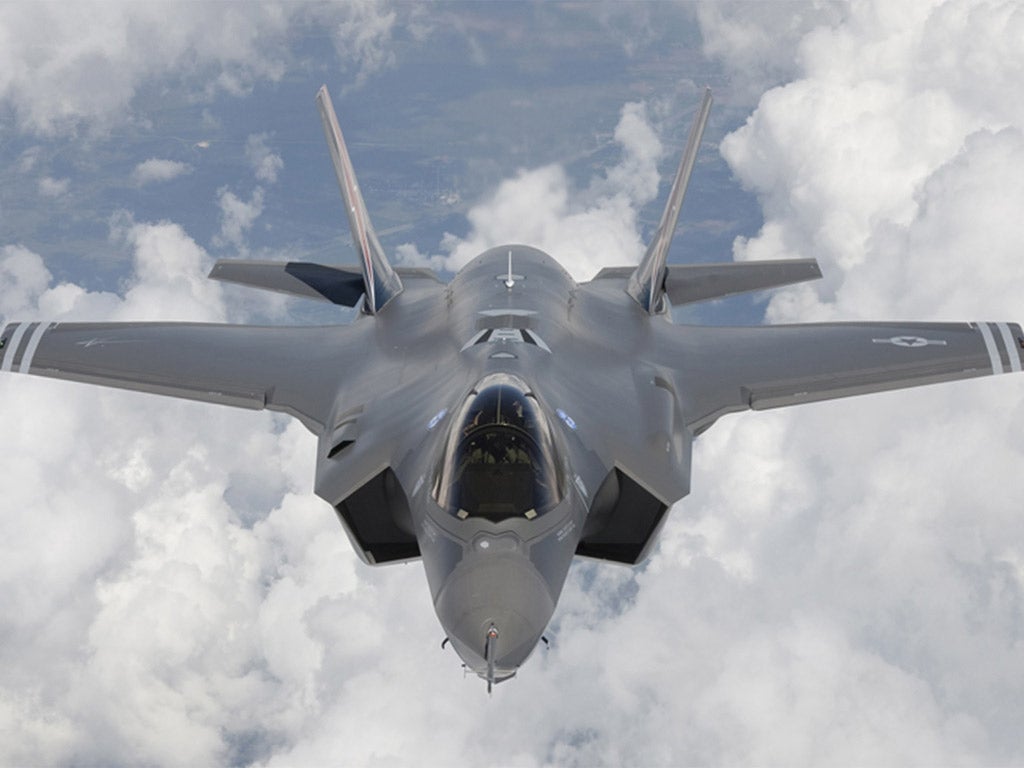In a tailspin: Where will BAE's £30bn defence merger with EADS land?
Tom Bawden and Mark Leftly look at four possible outcomes to creating a new European champion

Rarely has the web of interests been as intricate and international as in the proposed, £30bn defence and aerospace merger between BAE Systems and EADS. The French and German governments each own 22.5 per cent of EADS, the European aerospace giant, through direct and indirect holdings and are frequently at loggerheads over exactly how the company should be run. And, if that wasn't enough European political involvement, the Spanish government owns 5 per cent of EADS as well.
On the BAE side, the British Government has a "golden share", giving it the power to veto any deal, while the Pentagon – BAE's biggest company and no fan of the French and Germans – also has the power to scupper it.
Then there are the financial concerns, with major shareholders in both companies voicing concerns about the business rationale for the deal.
Last week, Lagardère, the French conglomerate with a 7.5 per cent holding in EADS, dismissed the deal, arguing that the terms – which would give EADS investors 60 per cent of the combined entity – short-changed the continental Europeans.
On Monday it was the turn of BAE shareholder Invesco to diss the deal. In short, it said it could see no good reason for the deal to be done.
As the prospect of the transaction getting done continued to hang in the balance, we look at four scenarios: first, the deal gets done and everything's hunkey dorey; second, the deal gets done and it all goes pear-shaped; third, the deal doesn't get done and BAE goes it alone; finally, we look at what may happen if BAE got married to somebody else.
By the Takeover Panel deadline of 5pm tonight, we might be able to eliminate a couple of the possibilities. But the path that BAE will take in the coming months – whether alone, with a partner, or as part of the biggest defence and aerospace group in the world – is still very far from certain.
1. Deal done: Success
The deal gets done and it's a great success. The combined entity thrives, with BAE Systems – essentially a defence company – and EADS, basically an aerospace group, propping each other up as business cycles favour and punish their respective industries.
Furthermore, business is actually boosted as the BAE part can sell EADS products to its existing customers – and vice-versa – and the two units can pool their contacts and some resources.
This boosts profits and creates jobs, keeping, the French, German and British governments happy and, possibly, resulting in a knighthood for BAE's top dogs, chief executive Ian King and chairman Dick Olver. Shareholders such as BAE's Invesco and EADS Lagardère breathe a sigh of relief that the deal went through, which have seen their value soar.
2. Deal done: Problems
The deal gets done but things don't go well. Under this scenario, BAE loses its special relationship with the Pentagon and projects such as the F-35 Joint Strikefighter programme suffer, as the new entity finds itself losing out heavily to local defence contractors amid US budget cuts.
The loss of these contracts puts significant pressure on the bottom line and jobs have to go. Britain is the obvious choice because it is easier to fire workers there and because the French and German governments still carry considerable clout in the combined entity.
Besides, much of the problem is with the defence unit, which is Britain's contribution to the group. The shares slide, along with investor sentiment, leaving it looking vulnerable. Far from receiving knighthoods, Messrs Olver and King look in danger of losing their jobs.
3. Deal not done: BAE goes it alone
BAE goes it alone. There has been plenty of talk that there is "no Plan B" should BAE not secure this deal — even the defence giant's former boss, Mike Turner, has said he's worried if the tie-up isn't completed. Some in EADS are certainly convinced they are rescuing BAE, which has uncertain prospects due to upcoming severe defence cuts in its core markets, most notably the US.
But a senior BAE source has said this is not a deal of necessity and the business remains fundamentally strong.
Perhaps operationally, but BAE shares have underperformed benchmark indices in recent years and it is hard to see how the rot will be stopped unless the company is better diversified. Another option, explored but cast aside last year, is to break up the business into US and international divisions. Analysts say the two would each be worth more alone than combined.
4. deal not done: BAE finds new suitor
BAE marries somebody else. A senior BAE source said the group had searched "every inch of the room" in recent years for game-changing deals and the EADS tie-up was the best option.
The directors might not have to revisit every nook and cranny as there is a sense that this proposal puts BAE "in play". US defence contractors are expected to take a long, hard look at BAE's electronic systems and cyber & intelligence divisions. However, analysts think that there could be quite a premium on these businesses.
A popular idea among British politicians is a merger with Rolls-Royce to create a domestic civil aviation and military beast. However, there are virtually zero cost savings to be had from this merger, while Rolls-Royce's bright prospects probably means it does not want to be weighed down by a bleaker-looking defence business.
Subscribe to Independent Premium to bookmark this article
Want to bookmark your favourite articles and stories to read or reference later? Start your Independent Premium subscription today.

Join our commenting forum
Join thought-provoking conversations, follow other Independent readers and see their replies